Plumbers are advised to apply Teflon or PTFE thread tape to threaded connections. It’s relevant when there’s no integrated rubber barrier present. This covers connectors for gas and water in brass, iron, and stainless steel.
It helps prevent pipes from getting tangled when joints are disassembled and lubricated, resulting in smoother threading.
While using plumber’s tape in different circumstances is easy and safe. There are some materials, meanwhile, that are not recommended for use. This covers PEX pipelines, PVC and certain copper fittings.
This is so because, frequently, an O-ring or gasket seals these connectors between the two pipelines. The plumber’s tape is therefore superfluous. Moreover, using it on the female end of connections is not advised.
Its main applications are to brass, iron, and stainless steel plumbing and gas connections. Following the instructions on the manufacturer’s packaging, apply plumber’s tape on pipe connectors. The connection’s integrity is preserved and the finest outcomes are guaranteed.
What Is Thread Sealant Tape?
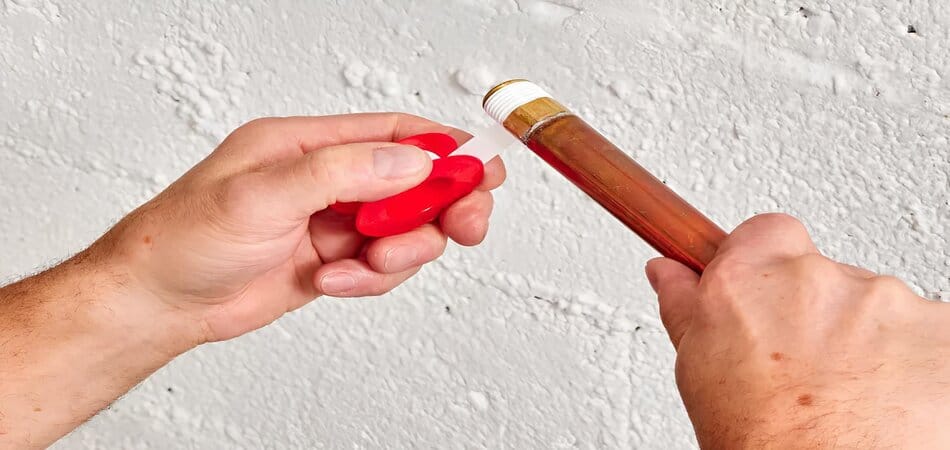
Thread sealant tape is also referred to as Teflon tape. It is a polymeric substance composed of polytetrafluoroethylene. The trademark designation for the polymer held by Chemours (Dupont) is Teflon. “Teflon tape” is not available for buy; alternatively, it is marketed under the names “thread seal” or “thread-sealing tape.” To further complicate matters, “plumber’s tape” refers to plastic or metal fastening. It is utilized to support conduit.
From a historical perspective, the product we now know as ‘Teflon tape’ acquired its colloquial moniker when producers began incorporating Teflon into thread-sealing tapes and labeling the component. This innovation improved the tape’s effectiveness. This leads to its widespread use in plumbing and gas connections.
Instructions for Using Plumbers (Teflon) Tape
The key to applying Teflon tape is to wrap it around the conduit in the same clockwise direction that the pipe will be bent into the fitting. This direction of wrapping ensures that the friction of the mating threads. It compresses the tape around the pipe as it is rotated into the fitting. It prevents it from unraveling and ensuring a secure connection.
Wrap the pipe with tape in the same clockwise direction that it will be bent into the fitting. This will prevent it from unraveling during simultaneous preparation.
Clean the Pipe
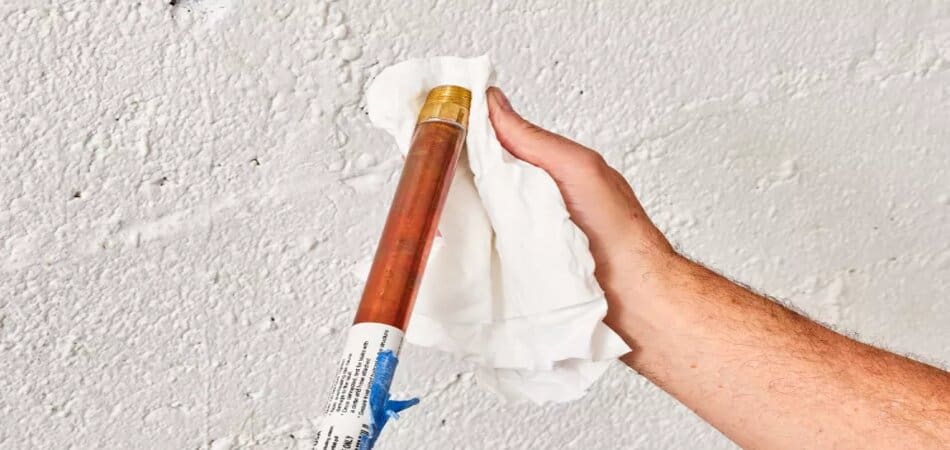
Using a clean cloth, clear the male threads at the extremity of the pipe.
Align the tape and pipe.
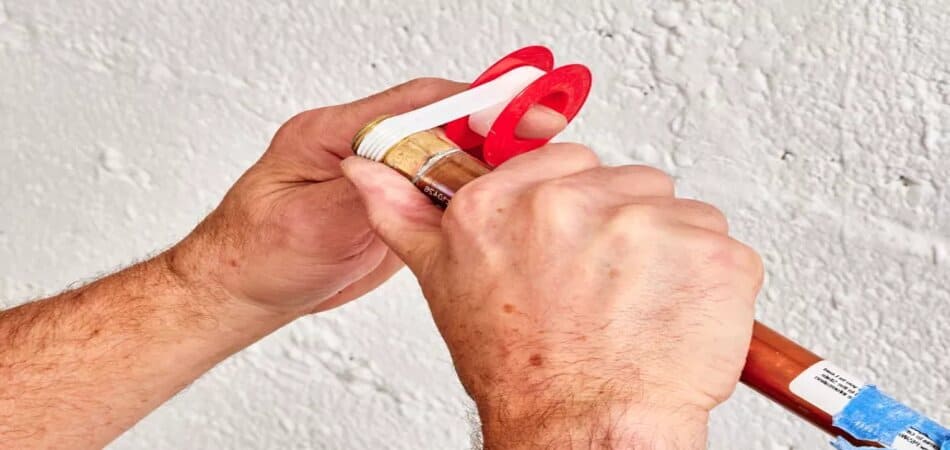
When using a plumber’s tape, it’s important to secure the tape end. However, the end is located on the second thread from the pipe’s end, using your index finger or forefinger. The tape should extend perpendicular and rest evenly (not bunched) over the threads. Remember, always follow the guidelines provided on the manufacturer’s packaging for the best results. It will help you to ensure the integrity of the connection. This diligent adherence to guidelines is a testament to your responsibility in your work.
Wrap the Tape
Begin or start encircling the pipe with the tape in the direction the pipe will be rotated.
Maintain the Tape Tight
Adhere the tape to the conduit by maintaining tension on it. As you progress away from the pipe’s extremity, overlap the tape.
Wrap 4 to 6 Times
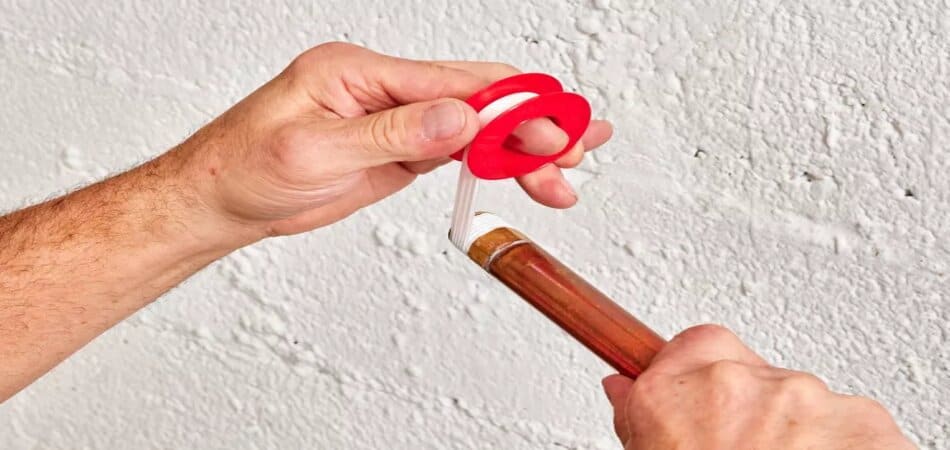
Near the end of the threads (opposite the pipe’s end), complete four to six loops around the pipe.
Break the Tape
The tape is separated from the roll when grasped between the thumb and forefinger. However, you pulled with force. The slack end should be pressed toward the threads. Then, the conduit can be inserted into the coupling.
When to Use Plumber’s (Teflon) Tape
Common places to use plumber’s tape include:
- Pipe-to-valve connections
- Pipe-to-coupling connections
- Showerheads
- Shower arms
- Threaded tub spouts
Plumber’s tape can be used in place of pipe-joint compound (pipe dope) for the same purposes if you have prior experience with the former. It is compatible with rigid plastic and standard metal conduit materials.
When Not to Use Plumber’s (Teflon) Tape
It is generally not advised to use plumber’s tape on pipe threading made of PVC, copper, or PEX. These connectors are sealed between the two pipelines with an O-ring or gasket. It makes using the plumber’s tape unnecessary. Additionally, avoid using this threading tape on hydraulic systems that use fluid power. Using the tape on these materials can lead to ineffective sealing or other issues. So, it’s best to use alternative sealing methods. Understanding these situations when a plumber’s tape does not help to avoid potential issues. It always ensures the safety of the connection.
Except for fittings that include a rubber gasket, Teflon tape is advised for use on brass fittings. Furthermore, Teflon tape should never be used beneath the flare threads of brass compression joints or any other compression fitting type.
It’s important to note that Teflon tape should never be used with another type of threading sealant, such as pipe dope compound. This is because using both types of sealant can cause thread excess, which could compromise the seal and lead to leaks or other issues. Always follow the manufacturer’s guidelines and use only one type of sealant per connection.
Different Types Of Thread Sealing Tape And Their Uses
Premium and Specialty PTFE Tapes
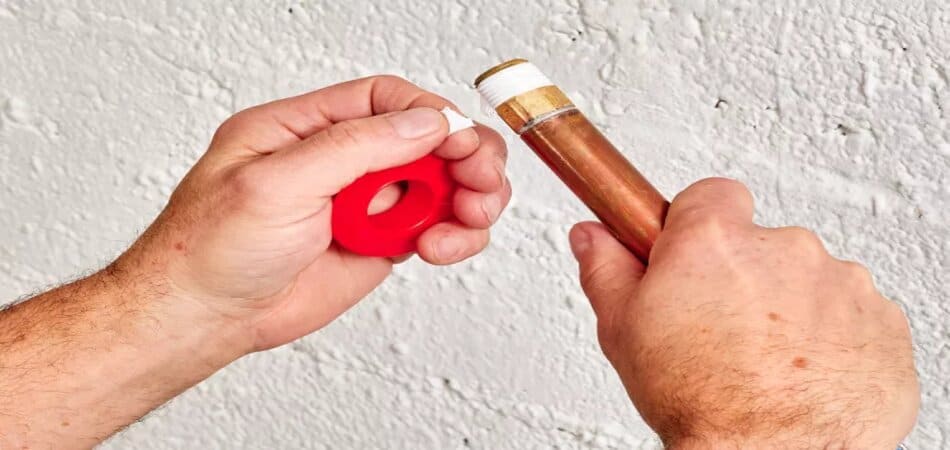
The primary distinction between standard and specialty PTFE tapes is that the latter are color-coded to correspond with particular applications. This feature simplifies verifying that the appropriate tape is applied for every purpose. Specialty PTFE tape is also denser and thicker than standard tape. This feature making it more suitable for high-pressure lines or lines requiring a more robust seal.
White Premium High Density
For all industrial applications, the white premium PTFE tape is suitable. Its absence of pigments and additives renders it suitable for food processing, water, and oil. In general, locations with stringent non-contamination regulations.
Standard PTFE Tape
Due to its acid and corrosion resistance, standard PTFE tape is employed for potable and non-potable water system connections. It functions in high-pressure lines and with most chemicals.
Pink Plumbers
As its name suggests, plumbers and pipe technicians most use this PTFE tape. The color pink indicates that it is a more robust variety compared to the conventional white thread seal tape.
Green Oxygen
This tape’s green color makes it suitable for oxygen-related applications, such as oxygen lines. Although grease-free, it is incapable of facilitating combustion.
Gray Stainless Steel
Nickel pigment is incorporated into the gray stainless tape. It ensures that it is compatible with all stainless steel fixtures. This adhesive inhibits paralysis and galling. Its high-density rating and 4-millimeter thickness make it the ideal tape for coarse stainless steel threads. Consider researching the advantages of PTFE tape in conjunction with stainless fittings and its correct application.
Yellow Gas Line
Designed for natural gas, propane, and butane lines, this PTFE tape applies to all varieties of gas lines. Threads are sealed with this yellow PTFE tape. It complies with all gas company standards worldwide.
Conclusion
For threaded piping connections, thread seal tape, also known as Teflon, PTFE, or plumbers’ tape, is an exceptional adhesive. The tape seals the joint without hardening it by acting as a lubricant and sealant. Consider the type of tape, the material to which it will be applied. Any other variables that could impede its ability to secure the connection when selecting Teflon tape for a do-it-yourself job.
When applying the tape to particular fixtures, it is imperative to adhere to the guidelines. The guidelines are always provided on the manufacturer’s packaging. Thread seal tape is available under various names. It includes PTFE tape, Teflon tape, seal tape, plumber’s tape, and thread sealant tape.
